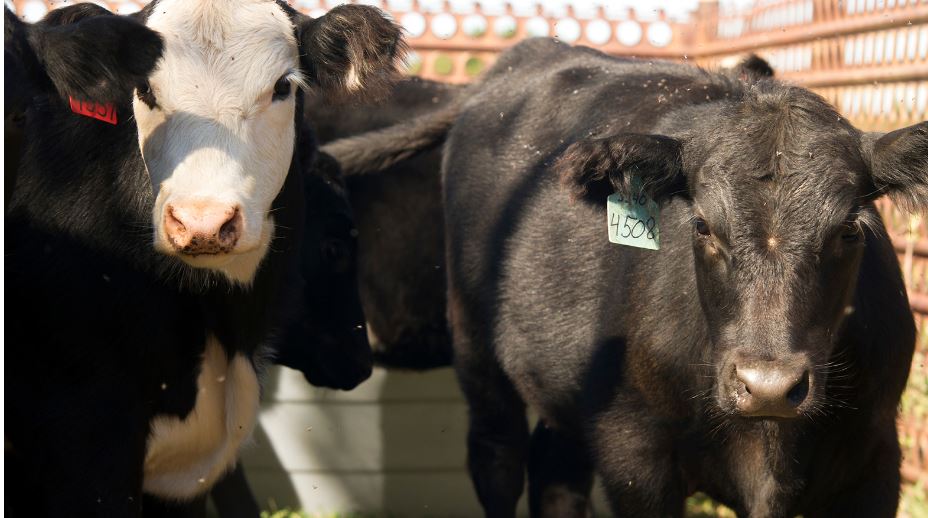
Animal disease traceability (ADT), as defined by the United States Department of Agriculture (USDA), is knowing where diseased and at-risk animals are, where they’ve been, and when. ADT does not prevent disease introduction, but does allow expedited emergency response. Accurate and timely response is critical for both producers and the industry. ADT applies to diseases currently in the US, as well as foreign animal disease.
ADT allows official individual identification of animals and rapid tracing during an outbreak. One ADT system that allows individual identification is the National Uniform Eartagging System (NUES). This system has been used for decades and is familiar to many producers, although they may not know it by name. The system is utilized when USDA official tags are required, such as when adult breeding cattle moved interstate or for program disease purposes such as brucellosis vaccination or tuberculosis testing. Historically this system used primarily metal visual tags, commonly called “Bangs tags” or “Silver Bright” tags.
In more recent years, both the traditional metal visual tags and certain radiofrequency (electronic) (EID) tags have been accepted as official identification. Official USDA EID tags are a 15-digit usually round/button tag that begin the tag number with the digits 840. EID tags can be read visually and with electronic readers.
Recently the USDA finalized a rule that has been under discussion for the last several years. Significant input was received from industry leaders and animal health officials. This rule moves USDA official identification to exclusively EID tags that can be read both visually and electronically with an anticipated start date in November 2024.
It is important to recognize that this rule change does not in any way require the mandatory tagging of all cattle. This rule change only moves USDA official identification tags from the metal option to EID tags. The classes of cattle requiring official identification have not changed. USDA official identification tags are required only under certain conditions and for certain ages and classes of cattle. The two primary situations requiring official identification are program disease testing, (such as that required for brucellosis), and interstate movement.
The cattle classes requiring identification when moving interstate are listed below. Exceptions to this requirement do apply under unique movement types, such as travel for veterinary care. Feeder cattle and animals moving directly to slaughter do not require official identification for interstate movement.
Classes of cattle requiring USDA official identification for interstate movement include:
Beef Cattle & Bison
• sexually intact and 18 months or older
• used for rodeo or recreational events (regardless of age)
• used for shows or exhibitions
Dairy Cattle
• all female dairy cattle
• all male dairy cattle born after March 11, 2013
Producers can find more information about the rule change at https://www.aphis.usda.gov/news/agency-announcements/aphis-bolsters-animal-disease-traceability-united-states
Producers and veterinarians interested in incorporating EID for official identification and herd management purposes may wish to participate in a program offered by the Oklahoma Department of Agriculture, Food and Forestry (ODAFF) and USDA. ODAFF is distributing EID tags for the cost of shipping. Producers must first obtain a premise identification number and then submit an order form. The number to call for questions is ODAFF Animal Industry Division 405-522-6141. Information can also be found at https://ag.ok.gov/wp-content/uploads/2023/04/MULTI-TAG-ORDER-FORM-v8.23.pdf


















